
The German beer stein is a mug made in Germany for drinking beer. Stein is the word derived from the German language Stein Krug which means stone mug. A beer stein is made of different varieties of materials which include; ceramics, glass, wood, and crystals.
Can you tell if the mug is valuable? How can you identify the mug is original? Have you ever been deceived?
We will discuss the value of the beer stein mug in this article. You will learn about beer stein markings and how to identify a valuable piece.
Table of Contents
Markings and Identification
The originality of any beer stein determines its value. Therefore, the older a stein is, the more valuable it is. The most valuable mugs date back to the time of the bubonic plague.
In Germany, a law was passed that ensured all beer mugs had lids. This act came into being to limit the spread of the plague. Inevitably, it sparked the creation of steins that are now valuable.
If you are looking to buy a beer, you will want to look out for a few things. Nonetheless, there are several databases you can use to verify steins. Below are ways you can use to identify a valuable beer stein.
Country of Origin
The country-of-origin mark tells you how old a stein mug is. Before the late 1800s, beer steins did not carry this marker. Changes to exportation rules made manufacturers engrave a Made in Germany.
Sometimes you may only see Germany. In other cases, beer steins may bear West Germany, which automatically gives you the product date range.
Therefore, when you find a mug with no country-of-origin label, it may be more valuable than you think. However, there are many more things you will need to check for. So, you will need to examine the mug more closely.

Some stein creators preferred to imprint unique markings by pressing information on wet clay. Other press in markings before the clay is baked. In some cases, the creator may imprint hand-made marks onto the stein.
Some beer steins have Gemacht in Deutschland engraved into it, which also means made in Germany. However, you will mostly find old glass mugs with these markings.
Condition of the Beer Stein Lid
The lid of a mug will tell you a lot about its value. The other important feature of identifying the value of the stein is the lid. The covers of valuable beer stein mugs are made of materials from a soft silvery metal that makes them lighter inside than outside.
When you expose the lid in the air, it darkens over time. Therefore, the cover becomes darker on top and lighter on the inside.
People that make counterfeit steins use darkening reagents to make them look older. However, a beer stein lid becomes completely darkened when a darkening agent is used.
Similarly, the look of a stein lid can help determine its value. A valuable metallic cover is mostly made using a single metal material. In contrast, counterfeits are made using several pieces.
Therefore, you have to be careful when looking for an antique stein. Some counterfeiters will offer you a fake stein with a German lid stamp.
Decorative Figures and Shapes
Valuable German beer steins also have paintings and decorations. These markers appear everywhere on the mug, which complements and makes it unique. Additionally, most valuable steins tell you a story.
Invaluable mugs may depict prominent wars, theological figures, and other significant historical events. Therefore, a stein that lacks any of these themes is most likely not as old or a fake.
Handle Bumps
Additionally, older beer steins do not have bumps on the handle. It was only in the early 1900s that beer mugs were made with handle bumps. Therefore, a valuable German beer stein would mostly not have ridges on its handle.
Hand-painted
If you spot a perfectly painted stein, it is most likely newer. Older highly-priced steins do not have perfectly made paint jobs. Therefore, you will see the signs and markings associated with imperfections of a hand painting.
Similarly, you will not find paintings of nude people. Rather most older German steins will have paintings of angels and other mythical characters.
Machine-produced steins mostly have a perfect finishing. Nevertheless, you will not find the fine details associated with hand-made German beer steins.
Materials
The development of beer stein mugs has evolved with time. There are several differences between the older and new mugs. Older steins are valuable due to the materials used for their manufacture.
Valuable yet older German beer steins are made of materials like ivory, glass, and silver. These types of materials make older steins heavy. Additionally, they come in different sizes and styles with unique decorations.
Now, newer steins are less heavy and made using poor quality materials. However, if you are buying a German beer stein for the first time, we suggest you consult a professional.
Types of German Beer Steins
There are various types of German beer steins. Some of the more common are discussed below.
Oldest Known Steins
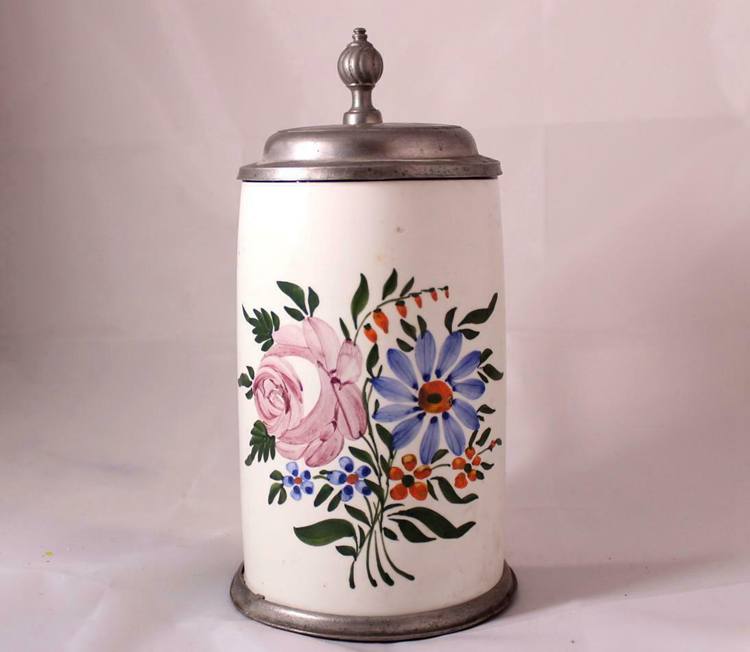
The oldest known German steins date back to the 1700s. Most of these kinds of steins can be identified using regions that spoke German. These regions now constitute modern-day Germany, Switzerland, and Austria.
Beer steins that originate from southern regions like Bohemia are large and solid. In the western and eastern regions, stein creators preferred colorful and decorative beer mugs. Nonetheless, steins from the western region had bluish stoneware decorations, while the eastern part favored a brownish finish.
Standard Stein Shape
In the past, beer steins had no particular shape. Since the 1700s, German beer mugs have had a cylindrical shape. The height of each stein is about twice its width.
In addition, these steins are mostly decorated using pewter. This same alloy was used to create the handles, hinges, and lids of steins. However, the size of decorative pewter ornaments gradually reduced by the mid-1800s.
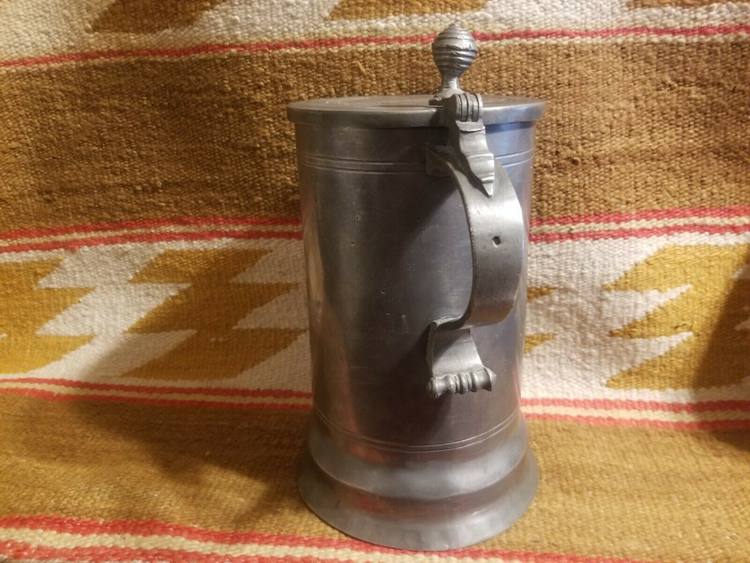
Soon after, decorative pewter fittings evolved to rings encircling lids made of glass or ceramic. Towards the late 19th century and early 20th century, cheaper German steins were produced with larger alloy thumb lifts and covers. However, at such time, quality German steins still had the conventional smaller fittings made of stoneware lids.
Glass-blown Steins
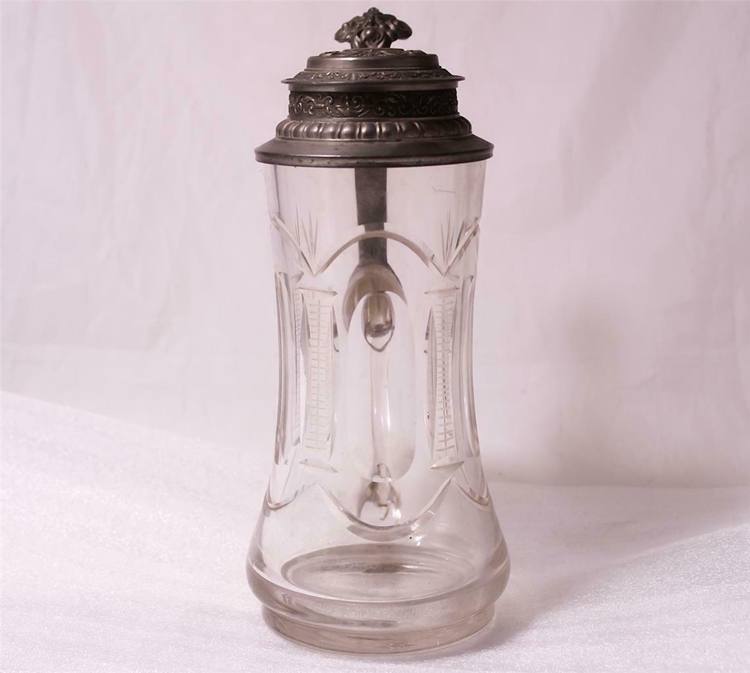
Glass-blown German beer steins are one of the oldest. They are also easy to make. In most cases, you will find these steins in red, brown, or green.
Beer Stein Lids
German beer steins are mostly identified by their lids. In most cases, lids are cheap and shaped as a cone.
On the other hand, flat-shaped lids are adored by beautiful engravings. These decorations make such flat covers more expensive than their cheaper cone-shaped counterparts. Similarly, decorative pewter lids have a similar outline as cone-shaped covers, although larger and have a hip-knob top.
In either case, hip-knob tops and lids are made in different shapes. Each can be decorated using engravings. Additionally, you can find finials (hip-knob tops) and covers made out of wood or glass.
Carved German Steins
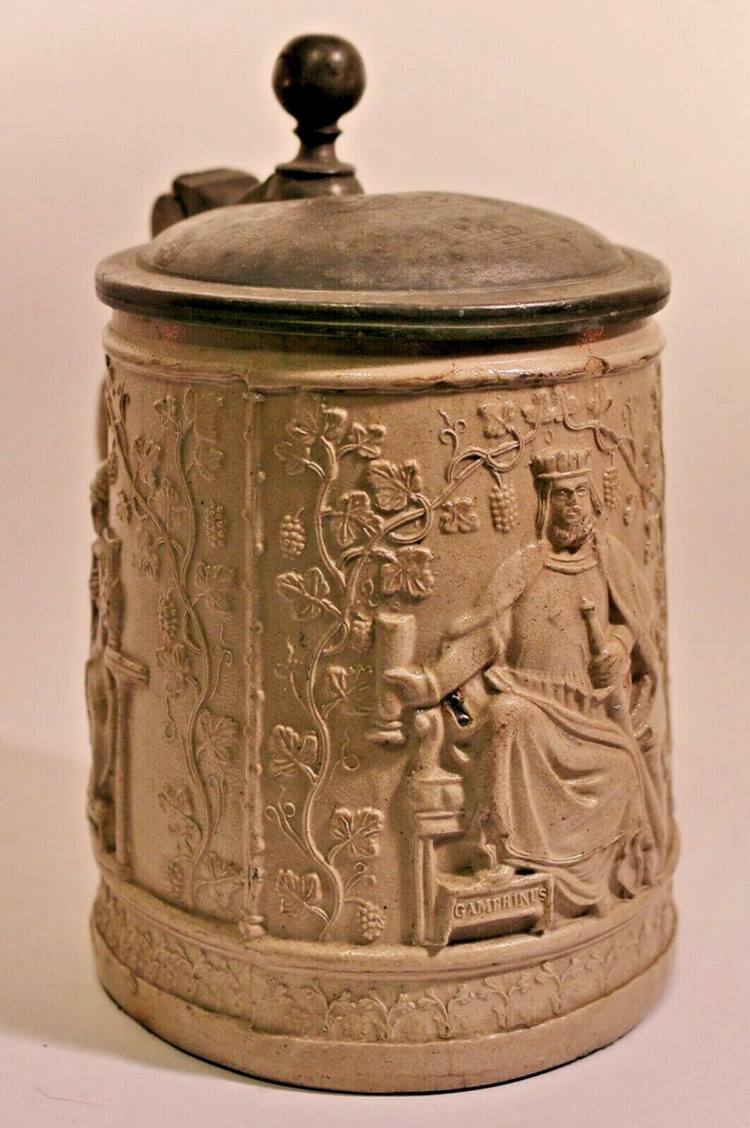
Carving is another popular method of creating German Beer steins. However, creators do the carving using wet ceramic. Once created, a mug can be adorned with unique designs using etching.
Most carved German steins are decorated using themes from traditional folk tales. Also, many mug creators used nationalist German designs that encourage patriotism. Similarly, there are steins made based on the German Imperial army.
So, unique regimental steins were developed in honor of soldiers that served the country. As a result, these handcrafted mugs are considered valuable as opposed to mass-produced pieces. Additionally, you find that such steins have glazed finishing and a whitish interior.
Ivory Steins
Although rare, you can still find ivory German beer steins. These mugs have highly realistic carvings of animals and humans, which make them valuable. However, you may want to double-check the legalities surrounding dealing with such steins.
Mettlach Steins

From the late 1800s to the early 1900s, Villeroy and Boch produced some of the best stoneware steins. These mugs are excellently painted with delicate hands. These stoneware steins are mostly solid yet stylish.
Additionally, Mettlach steins come in various shapes and sizes.
In Conclusion
Identifying a valuable German beer stein is mostly done through its markings and other identification parameters. You may want to look for the country of origin when determining the age of a stein. However, older beer mugs may not have such a marking.
The condition of the beer mug lid also helps you identify a good stein. Most valuable steins have hand-made portraits and paintings on them. However, newer steins have ridges on the handles. In addition, older beer steins are made using ivory, glass, and silver.
In general, there are several types of valuable German beer steins. Each beer mug was made in a specific timeframe using several materials. However, you may require the services of a professional when you want to determine the value of a stein.
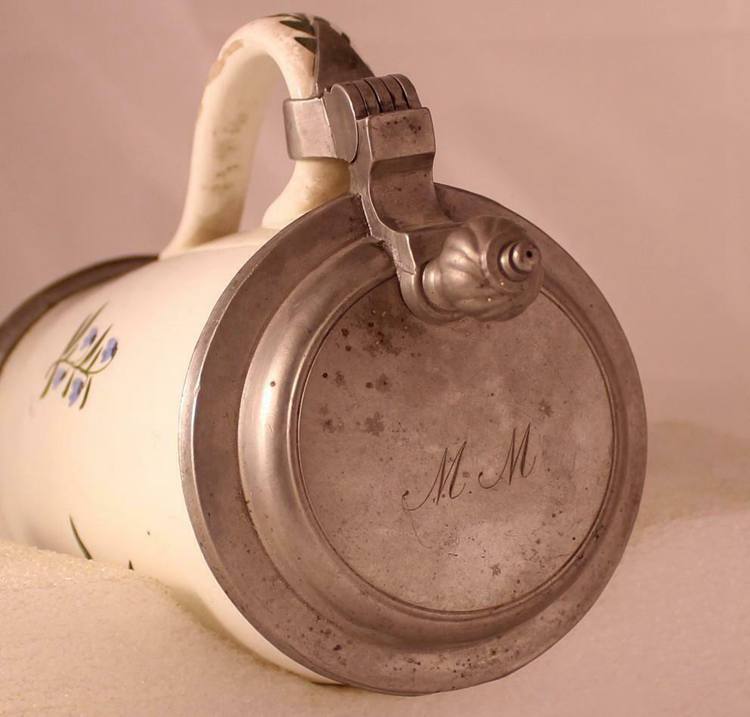


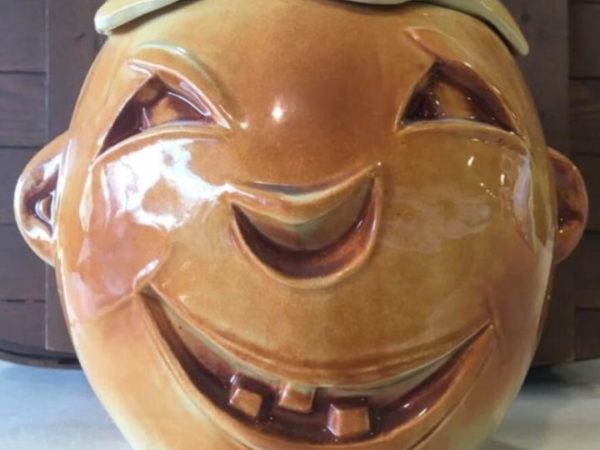
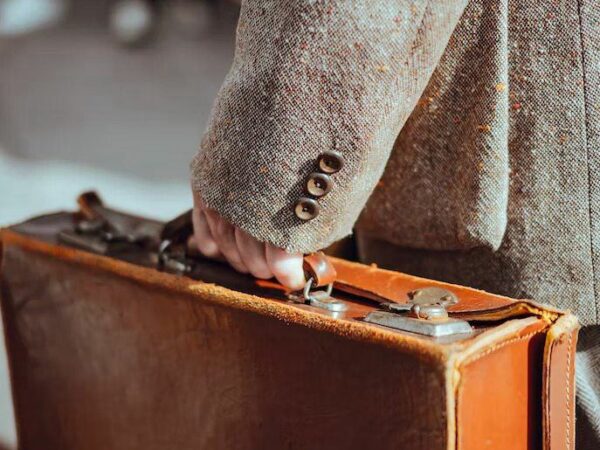


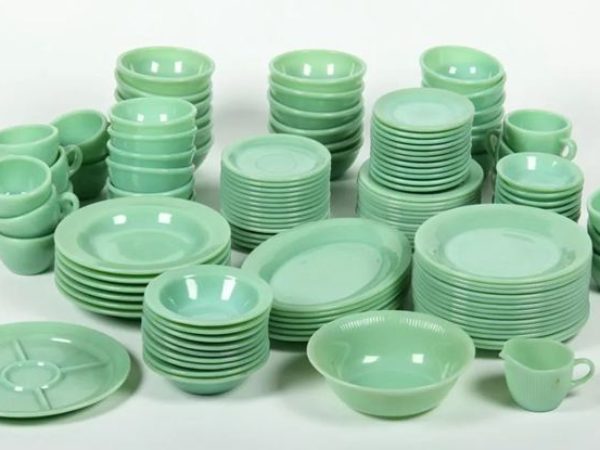
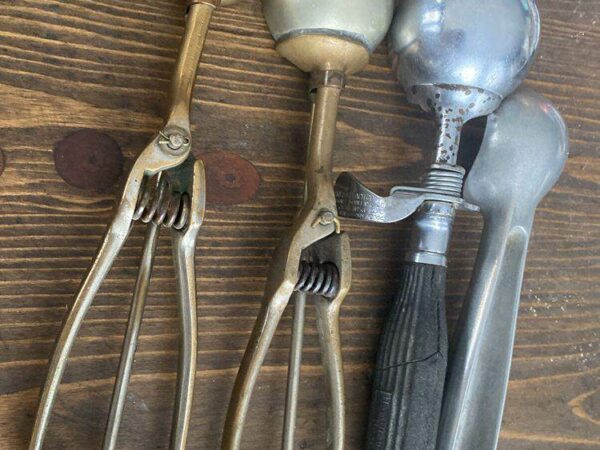

Where can I go online to look up identifying markers on my beer stein? My stein seems to have all the boxes checked off regarding authenticity.